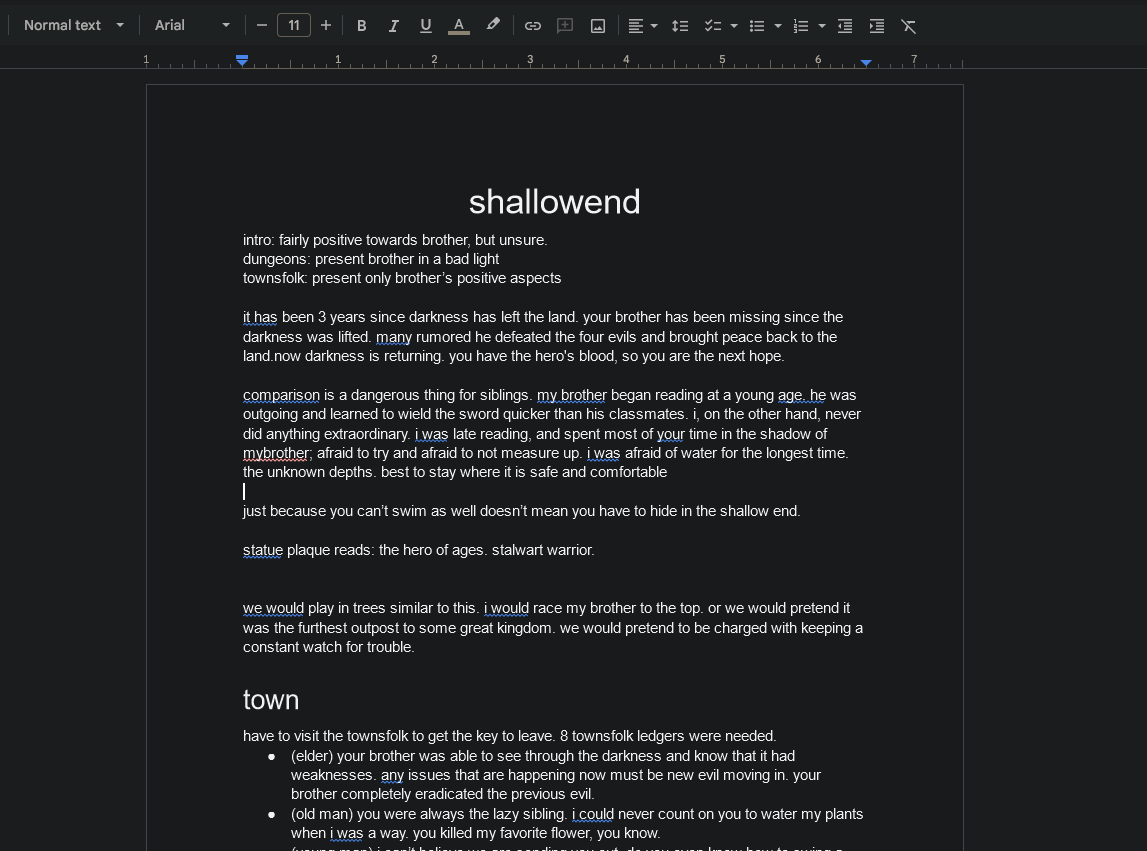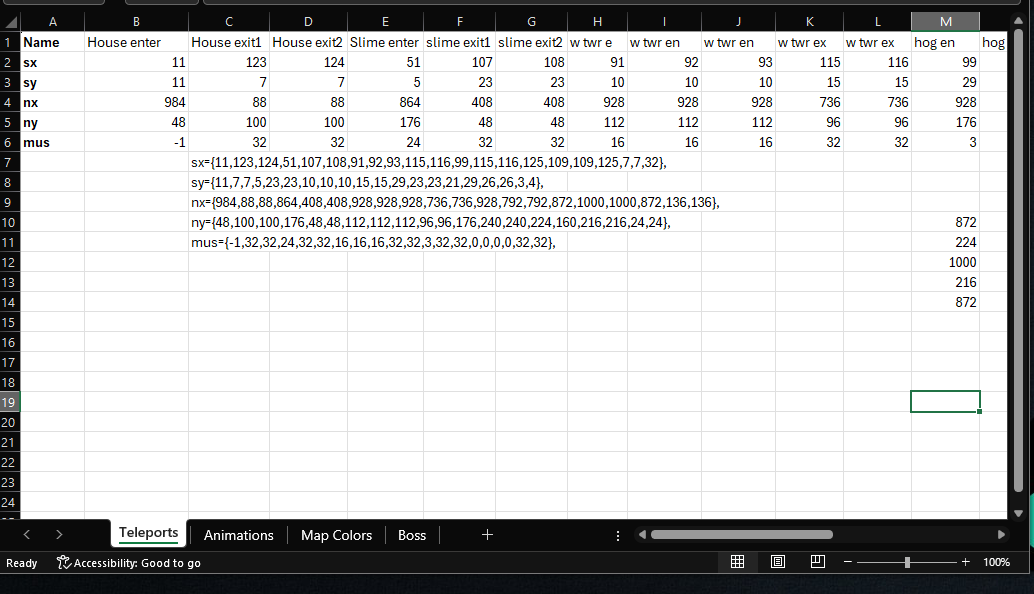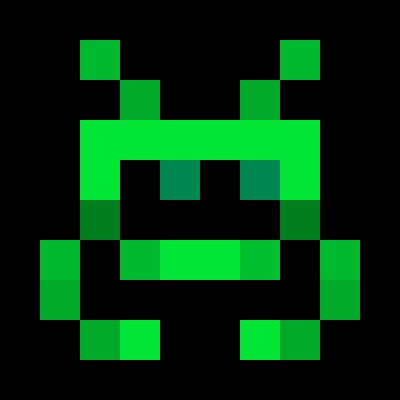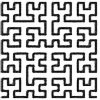Initial Inspiration
My inspirations for this game are games like Zelda and Undertale. I wanted to include dating sim style gameplay as well because I think it is fun. I was interested in the idea of this being the second time the boss monsters have interacted with heroes. I thought this gave a cool dynamic to the bosses and gave them the opportunity to give their perspective of heroes running in and breaking stuff.
A portion of my notebook is dedicated to 1-2 page game drafts. These can be as short as a name and a couple of sentences of ideas or filling the entire space. I really enjoy making rapid fire game concepts. The 2 pager for this game had the viewscreen being 64x64. After I saw the game SokoBird, I knew I wanted to try something low-rez. After deciding on a game idea I want to pursue, I'll move to the section in my notebook where I can write multiple pages and have room to blog my progress. I enjoy looking back at the draft page to see what ended up being altered or abandoned.
Development

With this game, I started in a word document and worked on creating the content of the game. I knew programmatically it wasn't going to be a very intense game, so I worked on what I thought would be the biggest hurdle: content. I wrote a basic outline for each boss and most of the dialog for the town folks. I also wrote some story prompts to bring out the world. I also spent an afternoon reading a articles on sibling relationships. That reading probably shows up a little heavy handed in the game, but I liked it.
With zeldalike games there are tons of directions you can go with traps, combat, and content. I wanted to pick a few concepts I liked to include in the game and not try to add too many ideas. I enjoy things like infinite mazes and spike puzzles, so that's what we ended with. I learned that with all types of content (music, story, programming features) it is best to start small and focused. You can then build out more content if you feel like the game needs it.
I wanted this to be a game you could complete in one sitting in around 30 minutes. Games with hours of content are amazing (Morrowind forever best), but I really enjoy cozy games that you can complete and be happy you experienced. Short and cozy is the main goal of this game.

I had to start using an excel sheet to keep track of all my variables. I even wrote some basic formulas to populate code that I could copy and paste into Pico 8. It made things a lot easier as the map was changing size and people and rooms were being shifted around.
A thought on maps: You can build a map like any other feature. Take it one area at a time and iterate. The map came late in the development. I had already thrown in a couple of bosses before I began designing how the overworld would look. I had the basic idea from the beginning of four different biomes, but I wasn't sure how those would turn out until I started writing. I ended up with a 13x4 map. This size allowed me to use the entire bottom half for sprites and some of the leftover space to the right of the overworld for interior rooms.
Final Thoughts
In the end, I am happy with how it turned out. There were some big breaks in the development, and it ended up taking around 7 and a half months to finish.
For my next game, I am either going to work on one of my project that has a technical problem that needs to be solved before I can start (one I abandoned previously) or make something small and arcady. Either way, I am excited to continue making cool stuff!
-olivander65

Excel as the main tool to handle your small game dev with formulas generating map related code ? That's actually a very versatile way to handle thing, and could also be used to efficiently manage non rectangular maps... I'll keep that in mind, might want to try that approach too on day.
The "technical problem that needs to be solved before I can start" is such a tease, could you tell more, or would you rather figure it out by yourself as a personal challenge ?
One thing I'd recommend if you do a new zelda-like is to study the originals, as they are packed with discreet quality of life tricks that make things smoother and are usually not too hard to implement.
A few examples from the top of my head :
NES 1st zelda has the same "move only orthogonally" and big player hit-box relative the obstacle tiles that your game uses, yet feels much easier to navigate than your game despite the bigger map and the presence of enemies everywhere. Among the tricks used to achieve this :
- map design : you never have a walk-able tile on the screen side that has a non walk-able tile you can bump into on the other side. Rather than editing the map, there are a lot of different ways to handle this problem : scrolling, having the fixed map shifted by half a tile so the border tiles belong to two screens...
- auto player alignment, when walking towards a walk-able tile but slightly hitting another non walk-abe tile by the corner, the player movements are converted to strafe until moving forwards becomes possible.
This was a very minor issue for this game since there are no enemies and no time based puzzles, but would become a problem if navigation time was important. You could even argue that it makes the world feel bigger for this game, so more a recommendation for future games than a critic for this one.

I appreciate the thoughts. Those are great tips if I decide to work on another zeldalike game. Very insightful. Movement is something I would definitely want to tweak and change if I created a new game. Thank you!
[Please log in to post a comment]






